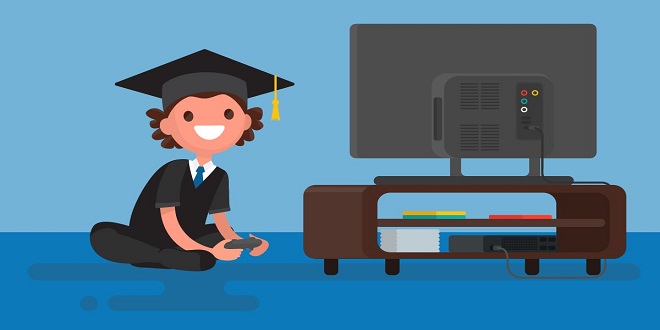Education – The Value of Games

Games in education are not only fun, but they also teach important skills. As games can be used to stimulate learning, they are also a great way to get students involved in the process. These games can help students learn to work together and solve problems.
Cooperative games are able to solve or prevent problems
Students can enjoy and be more competent in cooperative games. This can help to promote positive classroom experiences and decrease aggressive behavior.
A form of collaborative play called cooperative games, participants must work together to achieve a common goal. This could include linking different parts to complete a common task or agreeing upon game rules.
The Questionnaire assessed the impact of cooperative games on enjoyment in the Assessment of Enjoyment In Physical Education. Study results showed that cooperative games are associated with an increase in enjoyment and perceived competence. It was unclear if the effect was direct or indirect.
The study was short-term and lasted 7 weeks. Researchers tested the effectiveness of an intervention program that used cooperative games in a class for physical education. The program included a series of cooperative games lasting 15 minutes. Researchers also evaluated the effects of cooperative games on student autonomy, perceived competence, and perceptions.
Indoor and outdoor games improve cognitive skills
While outdoor play is great for many reasons, indoor games can improve cognitive skills and education. These games will help your child learn how to interact with other children and think positively.
Outdoor games can be just as beneficial for motor skills development as indoor games. This includes drawing lines, walking straight, and writing letters. These simple activities can help develop hand-eye coordination.
You can also let your child play with colour-name words outdoors. A colour-name word printed with red ink will look greener than a word printed with blue ink. Because red and blue are complementary colours, this is why they appear greener.
The jigsaw puzzle helps to develop spatial skills which can help your child solve problems. Your child will learn the relationships between numbers by having you keep track of their scores.
Simulation games can be used as a form education.
Simulating games can be used for entertainment, training, analysis, and even entertainment. Simulating games can help students understand concepts better, improve group communication, and increase long-term retention. Before using games to support learning, educators need to consider several factors.
Students should first understand what they are expected to learn in a simulation. This could include understanding the game’s purpose, expectations, and the expected outcomes. Students must also be able to comprehend the rules of the game.
Teachers should also be prepared to address any difficulties that might arise during a simulation. Students should be encouraged to participate in simulations. This will ensure that they are ready to assume roles and encourage reflection.
Teachers should allow students enough time to use a simulation. This should include adequate time for discussion and debriefing as well as reflection. Students should be able to reflect on the simulation and return to class with this ability.
Gamification is used to modify behavior
Gamification, which uses video games and other digital media to change behavior in education, has had a significant impact on student behaviour. Gamification has two goals: to increase engagement and improve learning outcomes. Gamification in education is controversial. It is important to fully understand the benefits of gamification, particularly when it is used in classroom settings.
Gamification has been identified by researchers as having several components. These components include autonomy, competitiveness, intrinsic motivation and competition. These elements are affected by the gamer type. Gamification systems that are effective use elements such as narrative and connection with players.
Most commonly used types of persuasive feedback are: reinforcement of positive behavior, goal setting and overcoming difficulties. These elements are based upon the principle that learners learn best when there is a goal to reach.
Randomly, a group of students received either a gamified or control version of the course. The quality of the solutions was a measure of how well they performed. The accuracy of the group who received the gamified version was significantly higher.


